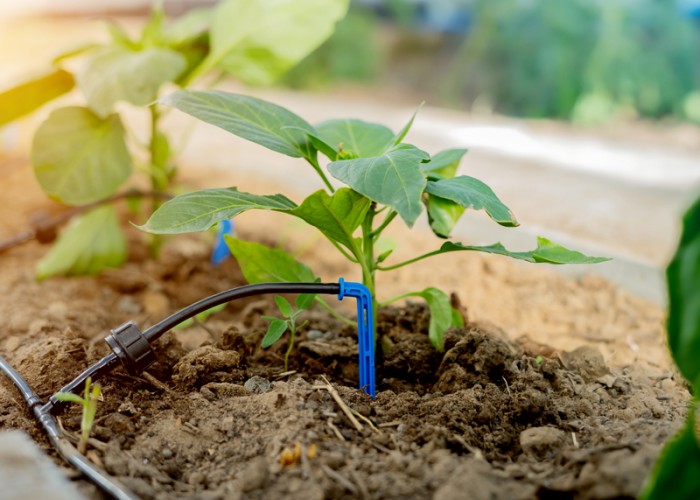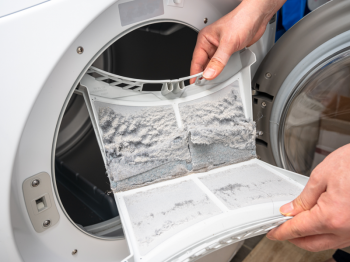Back to School Energy Savings
Adjust energy use to new routines
By Jonathan SusserQ:My kids recently returned to school, and I want to manage this adjustment along with my energy bill. What are things I should keep in mind?
A:Some of the biggest changes associated with the back-to-school time of year are those around routine. After a summer filled with both outdoor and home-based activities, you and your family may be spending less time in the house, and it may now stay empty for more hours throughout the day.
While this might not seem significant, it might be for your electric bill. For example, your air conditioning system could be cooling your home when no one is there, and you may benefit from altering the thermostat settings.
So, as everyone is running out of the house in the morning, try bumping up your thermostat a few degrees — the smaller the gap between your thermostat setpoint and the outdoor temperature, the less it’ll cost you. If you have a programmable or smart thermostat, double check any scheduling functions before hectic mornings to see if they still make sense for your updated occupancy levels. (Note: For heat pump systems, make sure your thermostat is heat-pump compatible in order to maintain efficiencies while changing temperature settings.) Also, keep interior doors open to improve airflow and take a bit of strain off your cooling system.
It’s worth remembering to turn off unnecessary lights, appliances, fans and electronics before you leave. While each one alone may not draw much electricity, they can add up over time.
It’s worth remembering to turn off unnecessary lights, appliances, fans and electronics before you leave. While each one alone may not draw much electricity, they can add up over time.
If you typically drive your kids to school, maybe there’s a carpool opportunity to help make new friends and save on gas, or electricity if you have an electric car. By the same token, if you’re waiting in the pickup line at the end of the day, see if you can turn off your car rather than let it sit idling, wasting fuel.
If your kids are a little older and you’re in the market for a laptop, printer or computer monitor, look for models that are certified by Energy Star®. These products use efficient components and have been third-party tested to better manage energy consumption.
Other areas to keep in mind for potential savings include laundry (even with new outfits and jerseys to wash, continue to aim for a full load before starting) and food (see what ingredients are in season, try homegrown instead of driving for store bought, and consider reusable over single-use containers for lunches).
It’s also an exciting time to explore what energy-related enhancements your children’s schools may have made. For example, electric school buses are arriving in North Carolina, bringing cleaner, quieter and safer rides for students. Earlier this year, Randolph County received North Carolina’s first electric school bus to serve the public school system. In addition, many schools are adding solar arrays to save on energy and act as a learning tool.
Finally, think about whether your family took on any energy efficiency projects over the summer — could they be worth sharing in the classroom or at an upcoming science fair?
-
More tips for home energy savings
-
Share this story:







